Apply to Be Part of The Nuclear Engineering Student Delegation!
By Aristidis (Aries) Loumis

A message from Schulz Electric
Schulz Electric™ Refurbishes Critical Circulating Water Pump Motor in Only Four Days
By Aristidis (Aries) Loumis
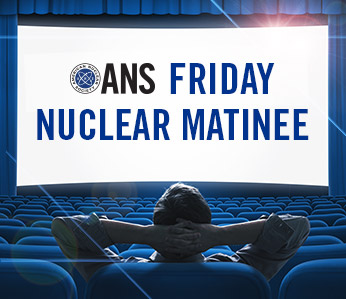
Offsetting the shock of this week's announcement that FirstEnergy intends to shut down its entire fleet of nuclear plants (Davis-Besse, Perry and Beaver Valley) early - the first whole fleet early shutdown declaration in this increasingly dreary nuclear season - we have some good news of the progress underway at Plant Vogtle in Georgia.
In the last half of 1968, Public Service of Colorado obtained the necessary approvals from the US Atomic Energy Commission and from the Colorado Public Service Commission to begin the actual construction of its Fort St. Vrain Nuclear Generating Station.
By Don Eggett and Mimi Holland Limbach - PBNC 2018 meeting co-chairs
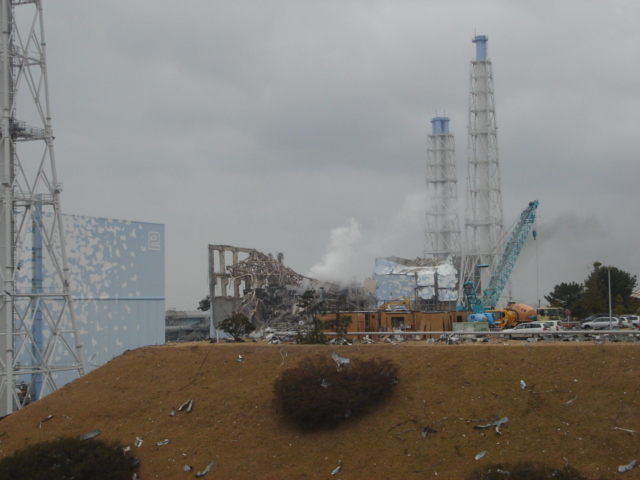 By Will Davis
By Will Davis
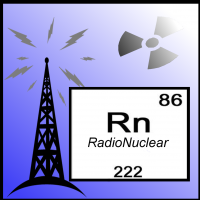 There's been a ton of news since RadioNuclear.org's newest episode! ANS Social Media Team member and program host Doug Hardtmayer picked out three that had a lot to unpack, so enjoy his extended news segment! The first item he discusses is the new MOU signed between the Ukraine and Holtec to build multiple SMR-160's in the Ukraine by 2026. Doug also discusses Mark Z. Jacobson's decision to drop the lawsuit against PNAS and Christopher Clack, and speculate some of the reasons he may have dropped the case. Lastly, Doug tackles a new Greenpeace study from Fukushima that will surely make its rounds in the anti-nuclear community, and discuss some questionable findings from this study. Doug's is joined this week by two senior-level board members from First Energy, owner of the Davis-Bessie and Perry Nuclear Power Plants, Ohio's nuclear future!
There's been a ton of news since RadioNuclear.org's newest episode! ANS Social Media Team member and program host Doug Hardtmayer picked out three that had a lot to unpack, so enjoy his extended news segment! The first item he discusses is the new MOU signed between the Ukraine and Holtec to build multiple SMR-160's in the Ukraine by 2026. Doug also discusses Mark Z. Jacobson's decision to drop the lawsuit against PNAS and Christopher Clack, and speculate some of the reasons he may have dropped the case. Lastly, Doug tackles a new Greenpeace study from Fukushima that will surely make its rounds in the anti-nuclear community, and discuss some questionable findings from this study. Doug's is joined this week by two senior-level board members from First Energy, owner of the Davis-Bessie and Perry Nuclear Power Plants, Ohio's nuclear future!
https://www.youtube.com/watch?v=6fJK079Qtgg
Courtesy of the U.S. Department of Energy Office of Nuclear Energy
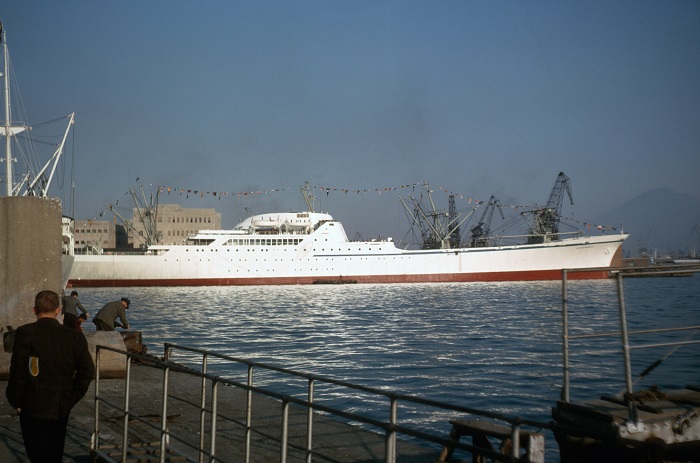
NS Savannah, mid-1960's. Photo taken by crew member Dan Campbell, courtesy NS Savannah Association, Inc.
With the increasing concern these days about the pollutants that commercial ships traveling all over the world's oceans put into the air, there's a rumbling undertone starting again about moving to nuclear powered commercial (that is, non-military) ships. There was a "First Nuclear Ship" era already, and it did give us some valuable lessons.
There have been a number of significant and/or interesting developments in the nuclear energy field recently, with large light-water reactor business taking the fore. Here are some highlights:
"Some recent work by E. Fermi and L. Szilard, which has been communicated to me in manuscript, leads me to expect that the element Uranium may be turned into a new and important source of energy in the immediate future." - Albert Einstein, letter to President Franklin D. Roosevelt, August 2, 1939

When you hear the friendly voice of Joe Washington, you know that it's time for another in the excellent series of "Vogtle Timeline" videos presented by Georgia Power. This most recent update covers some important ground - namely, the change in construction arrangements following Westinghouse's bankruptcy and how the project goes on from that point. Not only is physical progress at the plant site displayed, but community outreach and impact are also shown in this well produced video.
"There's no one I'd rather go into battle with," said ANS President Bob Coward to a packed Opening Plenary audience this morning, "than nuclear professionals," in reference to the stated purpose of ANS in advancing nuclear technologies. Coward's very first remarks set the tone for a speech that was remarkably hopeful and bright given the recent blows that nuclear energy has suffered here in the United States.
(Part of a special series of videos filmed at the 2017 ANS Annual Meeting. By Will Davis.)
By Jim Walther, Executive Director of the National Museum of Nuclear Science & History; Chair of the Nuclear Science Week International Steering Committee
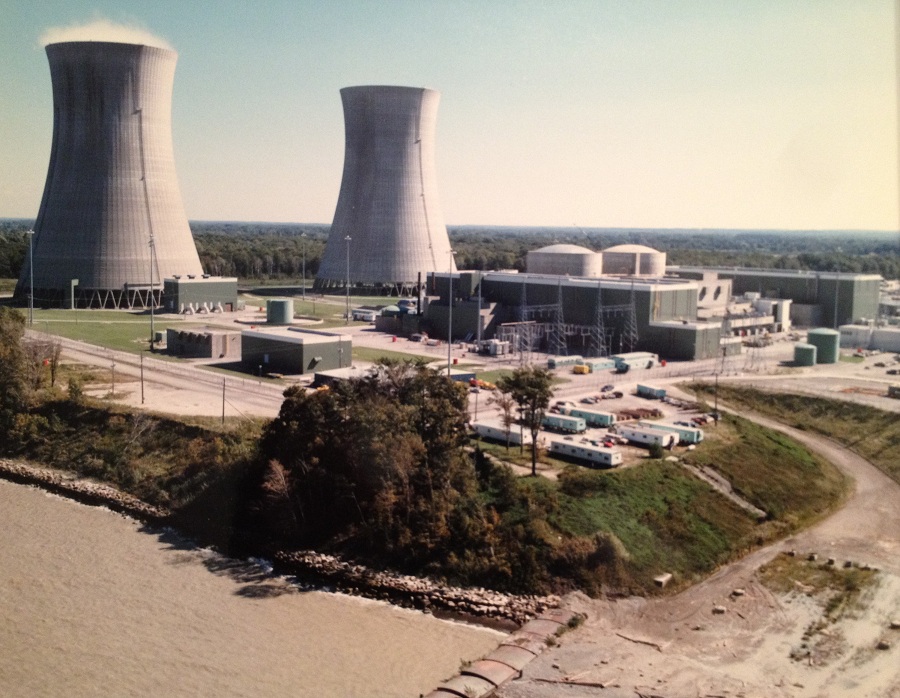
Perry Nuclear Plant in Ohio. Nuclear plants create no emissions of their own; the cooling towers emit only water vapor. Press photo in Will Davis collection.
One of the things that's important to consider this week - National Clean Energy Week - is whether or not energy sources we depend upon are actually clean. While we think of solar and wind energy as being pretty clean, we are also reminded that they are not reliable, and they do experience periods of time when they just don't work. What we use to fill in that power gap is from sources we can control, independent of weather or time of day. These are sources we call "dispatchable" generating sources, because we can dispatch them and expect they'll answer the call to provide power.
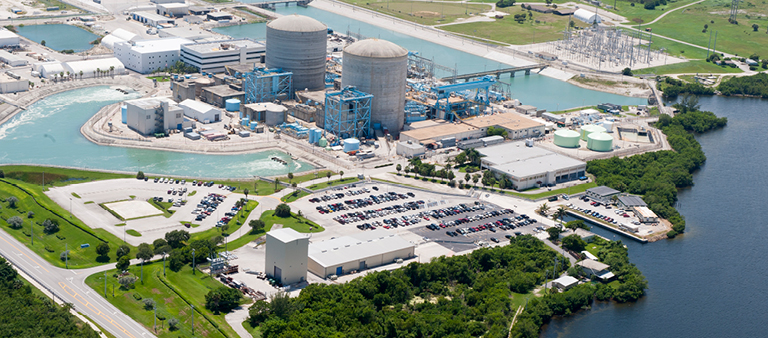
Florida Power and Light's St. Lucie nuclear plant; photo courtesy FPL
Hurricane Irma shocked the country this week with images of wind and water that haven't been seen in some time along the hurricane-wary coastlines of the United States. Although people in those regions always have preparation for these storms somewhere in their minds, the two Florida Power & Light (FPL) nuclear plants-both of which powered through the hurricane-had both a background of design and preparedness to stand on as well as some recent, last-minute preparations.
In a world fraught with loud, anti-nuclear voices, including a recent satirical news show that had a bit on nuclear waste, I've been pondering ideas that would provide a media platform to help counter the attacks on nuclear. While I am still a penniless grad student who lacks the budget of a weekly HBO nightly show, I believe I may have found a compromise. Starting today, Friday, September 1, 2017, I will be launching the bi-weekly podcast RadioNuclear.
(This is a breaking news story. This post will be updated as information is available; scroll down for the latest updates and additions.)